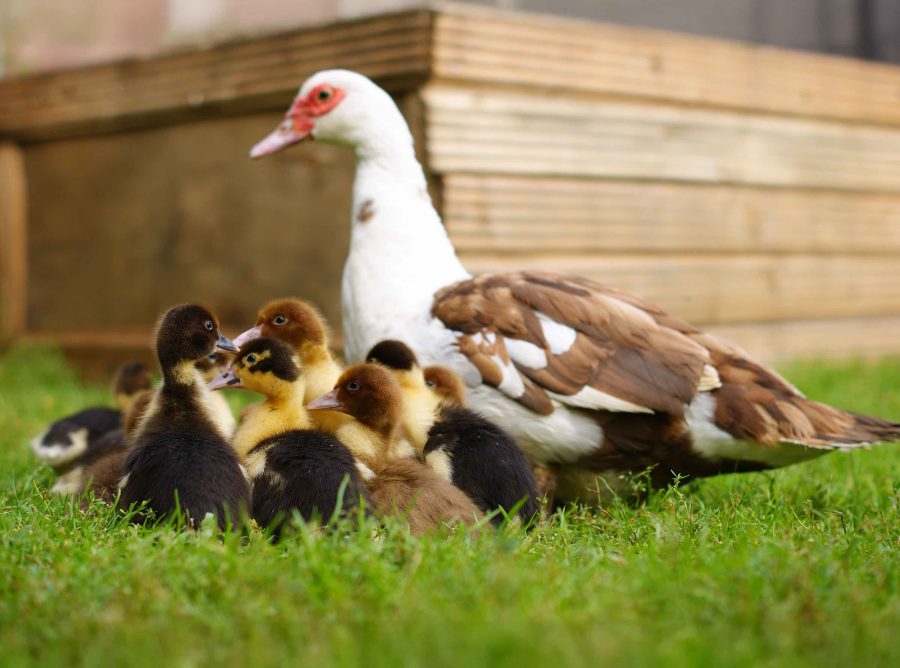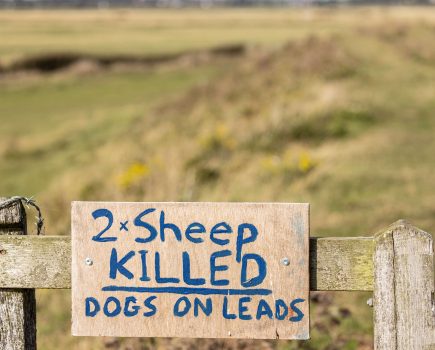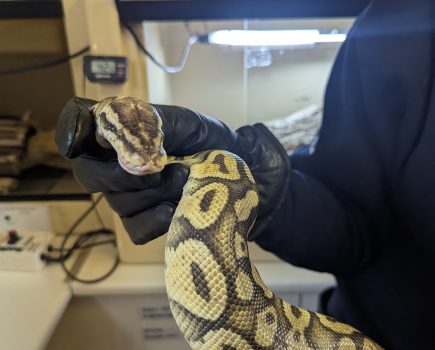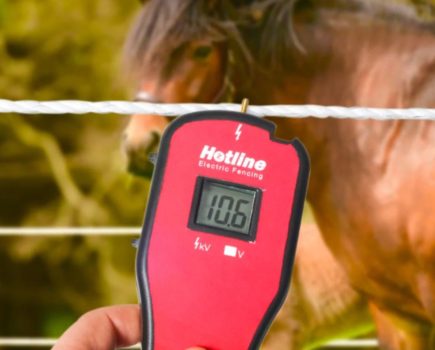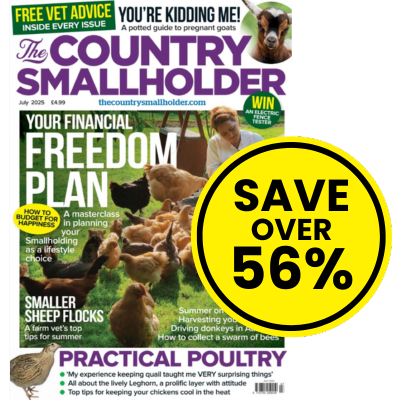Many ducks will soon come into lay, but you need to plan ahead if you want to breed ducklings.
Ducks are seasonal breeders, having a surge of eggs in the spring, often from February onwards, and then tailing off for winter. The more commercial breeds such as the Khaki Campbell are all-round layers as are Indian Runners – they are also not good broody ducks. If you have a drake and the ducks are actively mating and producing eggs then you can use artificial incubation to produce ducklings year round so that you are producing some point of lay ducks for early spring.
BROODY DUCKS
Domestic ducks on the whole are not the best of sitters and become very agitated. Being calm around her and keeping noisy children or dogs away from her is very important. Some breeds (and within breeds, some families,) are much better at hatching and parenting then others. Some breeders will use a broody hen in place of a duck to hatch duck eggs and this does work well. Always ensure, as duck eggs are larger than hen’s eggs, that the hen is able to easily cover the eggs you put under her.
HOW TO TELL A BROODY DUCK
There will be no doubt if a duck is broody. She will be wanting to lay a clutch of eggs so if you are collecting them daily, she will be getting more and more agitated when you take the eggs away. If you want her to brood you must allow her to lay one a day until she has enough to sit tight to hatch them. She’ll build a rudimentary nest and you will see feathers that she has pulled from herself, lining the nest. Her behaviour will change. She is very vulnerable when she sits and the whole family will be even more so when they hatch. She needs to be protected.
Ideally you could move her to a safe place or pen but ducks often don’t remain broody if moved. The only alternative is to protect her where she sits, which in some cases, is not possible and so you will have to either try and move her or just keep taking the eggs away until she gives up.
To protect her where she sits, you need to add fencing to keep out predators, domestic dogs and cats and any drakes. Don’t forget the winged predators too, that love eggs and ducklings, such as magpies, crows or raptors. She will also need access to food and water (she’ll still need a small tub of water so she can fully immerse her head). Her part is to keep the eggs at a constant temperature, turn them in order to do this and control the humidity – yours is to protect her.
This article extract was taken from the February 2025 edition of The Country Smallholder. To read the article in full, you can buy the issue here.

